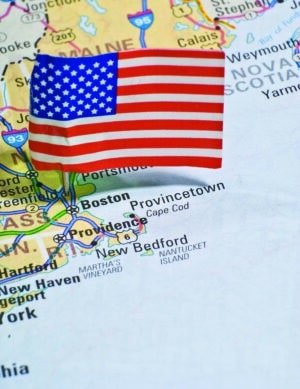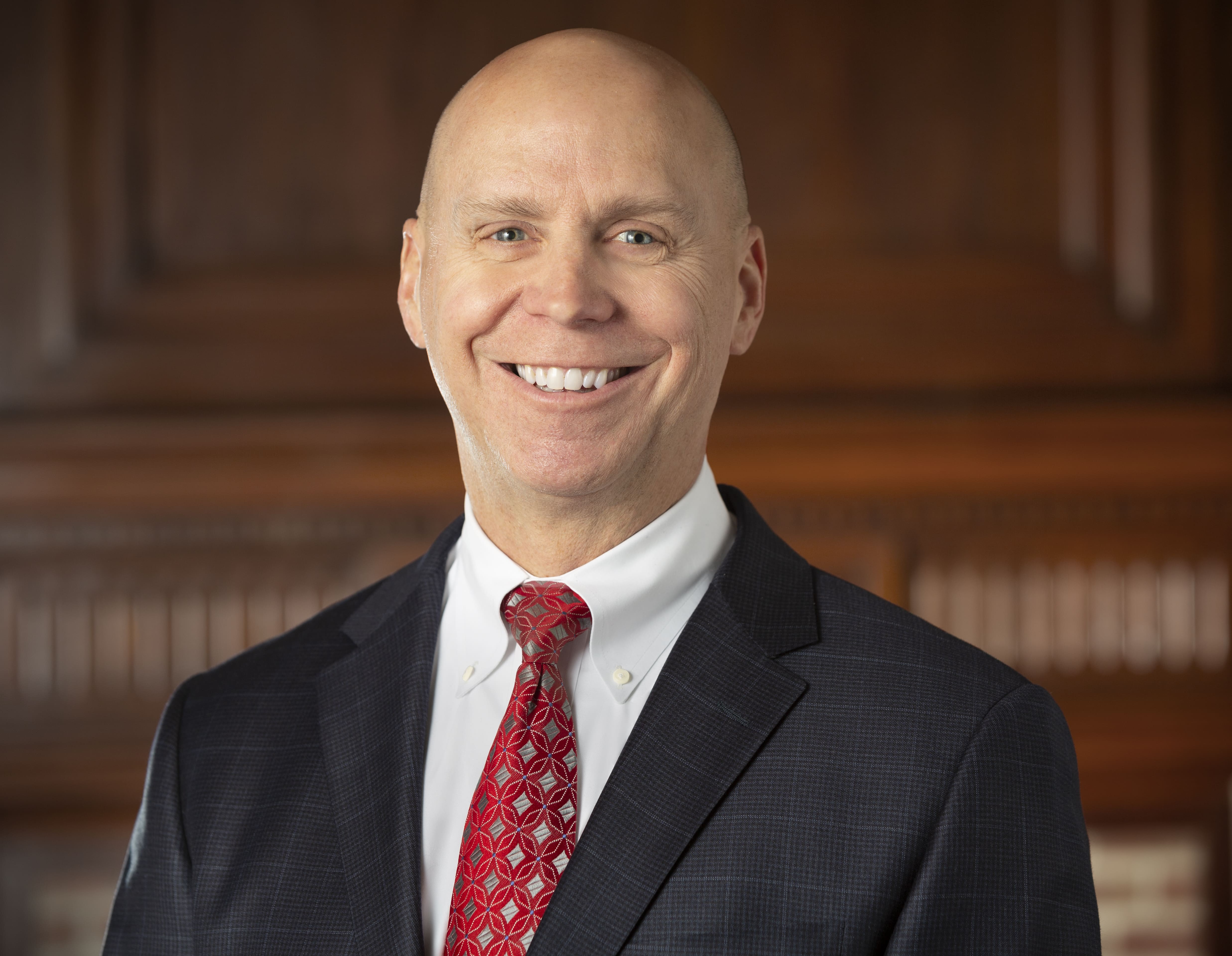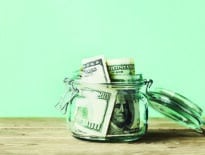A cloud of uncertainty lingers over the Massachusetts hotel industry as owners await details on Gov. Charlie Baker’s reopening plan and gauge travelers’ willingness to venture to one of the nation’s COVID-19 hotspots.
For decades, the industry has grappled with another unknown: the sum of available marketing dollars to promote Bay State attractions to U.S. and global visitors. A growing coalition of tourism officials is seeking to create a new dedicated source of revenues, and the power to spend them on ad campaigns and promotions.
“When the restrictions are eased and people are once again able to travel to the commonwealth and Boston, we’re going to have to develop messaging and entice them,” said Martha Sheridan, CEO of the Greater Boston Convention and Visitors’ Bureau. “We are going to be one of the most profoundly impacted destinations, so the ability to have marketing funds is more important than ever.”
Boston-based hospitality consultants Pinnacle Advisory Group estimate that revenues per available room dropped 80 percent in April across the New England hotel market.
‘Beg’ for Budgets
Legislation awaiting approval on Beacon Hill would enable local tourism councils to create a tourism destination marketing district (TDMD) and enact a room fee to pay for locally directed marketing campaigns. The potential proceeds would dwarf councils’ existing budgets, at a time when Massachusetts’ lodging industry needs critical care.
“Traditionally we have to go to the legislature and beg for our supper,” said Dan Donahue, president of Boston-based Saunders Hotel Group. “We have to self-assess and be in the forefront of peoples’ thoughts when they’re booking cities for travel.”
Massachusetts has a patchwork of 16 regional tourism councils spanning the state, run by nonprofit groups including convention and visitors’ bureaus and chambers of commerce. They shared approximately $6 million in annual marketing funds in fiscal year 2019, a small portion carved out of the $284 million in occupancy taxes collected statewide. The Greater Boston Convention & Visitors’ Bureau received approximately $2 million, while smaller agencies such as the Springfield Convention & Visitors’ Bureau received approximately $260,000.

A new proposed hotel room assessment could generate hundreds of millions in funding to promote Massachusetts destinations, as the tourism industry seeks to recover from its freefall.
The Springfield CVB originally promoted the TDMD through its local legislators in 2017, and the bill now enjoys the support of 12 tourism councils, said Mary Kay Wydra, president of the Springfield CVB.
“It’s a proven successful model. You’re controlling your own destiny: the more you market and drive occupancy, the more money comes into the bureau,” Wydra said.
The bill got an influential new ally last year when the Boston CVB threw its support behind it after Sheridan took over as the new CEO following a 12-year stint at the Providence-Warwick CVB.
One Size Does Not Fit All
First popularized in California during the 1990s, the TDMD model as proposed in Massachusetts is designed to reflect the distinctly different tourism markets in various corners of the state. The bill would authorize each tourism council to propose a fee from 1 to 3 percent, and seek approval from hotels within their district, along with local city councils or town meetings.
Voting can be counted by number of total rooms, revenues or properties. The Boston CVB supports a one-hotel, one-vote method, Sheridan said, to avoid discriminating against smaller properties.
Gaining local government approvals would be arduous for some rural tourism councils such as 1Berkshire, which represents 32 communities including 30 with open town meetings. The council has not taken a position on the bill, CEO Jonathan Butler said.
The Greater Boston CVB, which represents 44 communities, found a workaround for local approvals: it intends to propose the assessment initially only for hotels in Boston and Cambridge, Sheridan said. That captures about 88 percent of the total hotel rooms in the district, while only requiring approval from the two city councils.
The North of Boston Convention & Visitors’ Bureau supports the bill, contingent upon the state providing full funding to the regional tourism councils and the Massachusetts Office of Travel and Tourism, Executive Director Ann Marie Casey said in a statement.
Based upon pre-COVID revenue levels, the TDMD would generate approximately $130 million for the Boston CVB, Sheridan estimates. The money would be spent on hiring salespeople to generate meeting and convention business through group incentive packages, representation at trade shows, and print and digital advertising.
Each council would create an advisory board, including a majority of hoteliers as members, to direct the spending.

Steve Adams
Industry research predicts that tourism markets within driving distance will recover fastest, so the bulk of the short-term spending would focus on promotions to Massachusetts and other Northeastern states, Sheridan said. Later phases would focus on East Coast markets served by short airline routes, such as the mid-Atlantic.
But regardless of the target audience, promoting activities that accommodate distancing will be a staple of the marketing strategy.
“I don’t think we’re out of the running because we don’t have beaches and mountains,” Sheridan said. “People will see Boston is easy to get to via car and if we’ve got great itineraries that involve outdoor dining, going out to harbor islands and taking advantage of our outdoor assets, we’ll be fine.”




 |
| 


